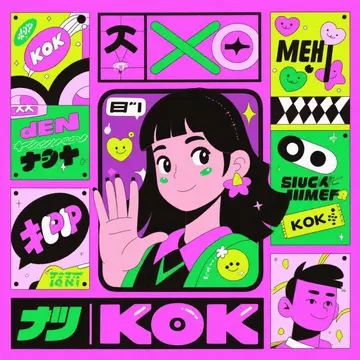?? Introduction: Why Train an AI Model on Your Own Music Style?
As AI-generated music continues to evolve, more musicians are exploring ways to personalize it. Imagine an AI that composes songs just like you — capturing your unique rhythm, melodies, harmonies, and mood.
Thanks to advancements in machine learning and creative AI, it's now possible to train an AI model on your personal music style. Whether you're a singer-songwriter, producer, or composer, this guide will walk you through the process of training an AI model to replicate (and even expand on) your sound.

?? What Does It Mean to Train an AI on Your Music Style?
Training an AI model on your own music involves feeding it your compositions — audio files, MIDI tracks, or sheet music — so it can learn your unique patterns, structures, chord choices, and melodic tendencies.
Once trained, the AI can generate new music that mirrors your artistic identity. It becomes your digital collaborator.
?? What You Need Before You Start
To successfully train an AI model on personal music style, you’ll need:
?? A dataset of your original music (audio or MIDI)
?? A computer or cloud-based environment
?? An AI training framework (like OpenAI Jukebox, DDSP, Magenta, or Suno with custom fine-tuning)
??? Basic knowledge of audio preprocessing
?? Optional: annotated lyrics, genre/style metadata
?? How to Train an AI Model on Personal Music Style (Step-by-Step)
Step 1: Collect and Prepare Your Dataset
Gather a clean dataset of your own compositions. Ideally:
10–100+ tracks for deep learning models
Use WAV or high-quality MP3 format
Label by mood, tempo, or genre if possible
If using MIDI, clean up the files by quantizing rhythms and normalizing velocity.
Step 2: Choose Your Training Platform
Popular AI music frameworks include:
| Tool / Framework | Best For | Coding Required | Custom Training |
|---|---|---|---|
| OpenAI Jukebox | Raw audio generation in your style | Yes | Yes |
| Google Magenta | Melody + harmony generation | Some | Yes |
| DDSP (by Google) | Expressive instrument modeling | Yes | Yes |
| Suno AI (alpha) | Text-to-song with potential fine-tuning | No | Limited (closed) |
If you’re not technical, platforms like Boomy or Suno offer simplified solutions, but with less customization.
Step 3: Preprocess the Music Data
Before training:
Normalize audio levels
Segment long songs into clips (10–30 seconds)
Extract features (e.g., pitch, tempo, timbre) if using symbolic models
Convert to suitable input formats (MIDI, spectrograms, mel-frequency cepstral coefficients)
Step 4: Train the Model
This step depends on the platform:
For Magenta, use their MusicVAE or MelodyRNN pipelines
For DDSP, train on instrument timbre and pitch contours
For Jukebox, follow OpenAI's research training pipeline (very resource-intensive)
Set your training epochs, batch size, and learning rate — or use defaults if you're a beginner.
Step 5: Generate and Evaluate
After training, prompt your model to generate new music:
Provide a seed melody, chord progression, or text prompt
Listen for accuracy, emotional tone, and musical coherence
Refine by retraining or adjusting data quality
?? Tips to Improve Results
Use consistent genre in your dataset
Avoid mixing live and digital recordings unless your style includes both
Include instrument stems if possible for multi-track learning
Start small with melody-only models before moving to full-track generation
? Benefits of Training AI on Your Music Style
? Preserve your signature sound
?? Collaborate with AI to spark new ideas
?? Build a musical "clone" for experimentation
?? Accelerate composition workflow
?? Inspire fans with AI remixes in your own style
?FAQ: Train AI Model on Personal Music Style
Q1: Do I need to know how to code to train an AI on my music?
A: Not necessarily. Some platforms like Suno and Boomy automate the process. But for deep customization, coding knowledge is helpful.
Q2: How many songs do I need to train an AI model?
A: For effective results, aim for 30+ tracks. The more consistent and labeled the data, the better.
Q3: Can I train AI on my singing voice too?
A: Yes. Tools like RVC (Retrieval-based Voice Conversion) and DiffSinger allow voice cloning and singing synthesis.
Q4: Is it legal to train AI on my own music?
A: Yes. If you own the rights to your music, you can train AI models on it freely and use the results however you like.
Q5: Can I monetize music generated by my AI-trained model?
A: Yes, especially if all the data is your own. Just verify any third-party tools' licensing terms before distribution.
?? Final Thoughts: Your Style, Amplified by AI
Training an AI model on your personal music style is like building a creative partner that never sleeps. Whether you're experimenting with melodies or scaling up your production, this is your chance to merge tech with talent and redefine what it means to make music in the age of AI.
